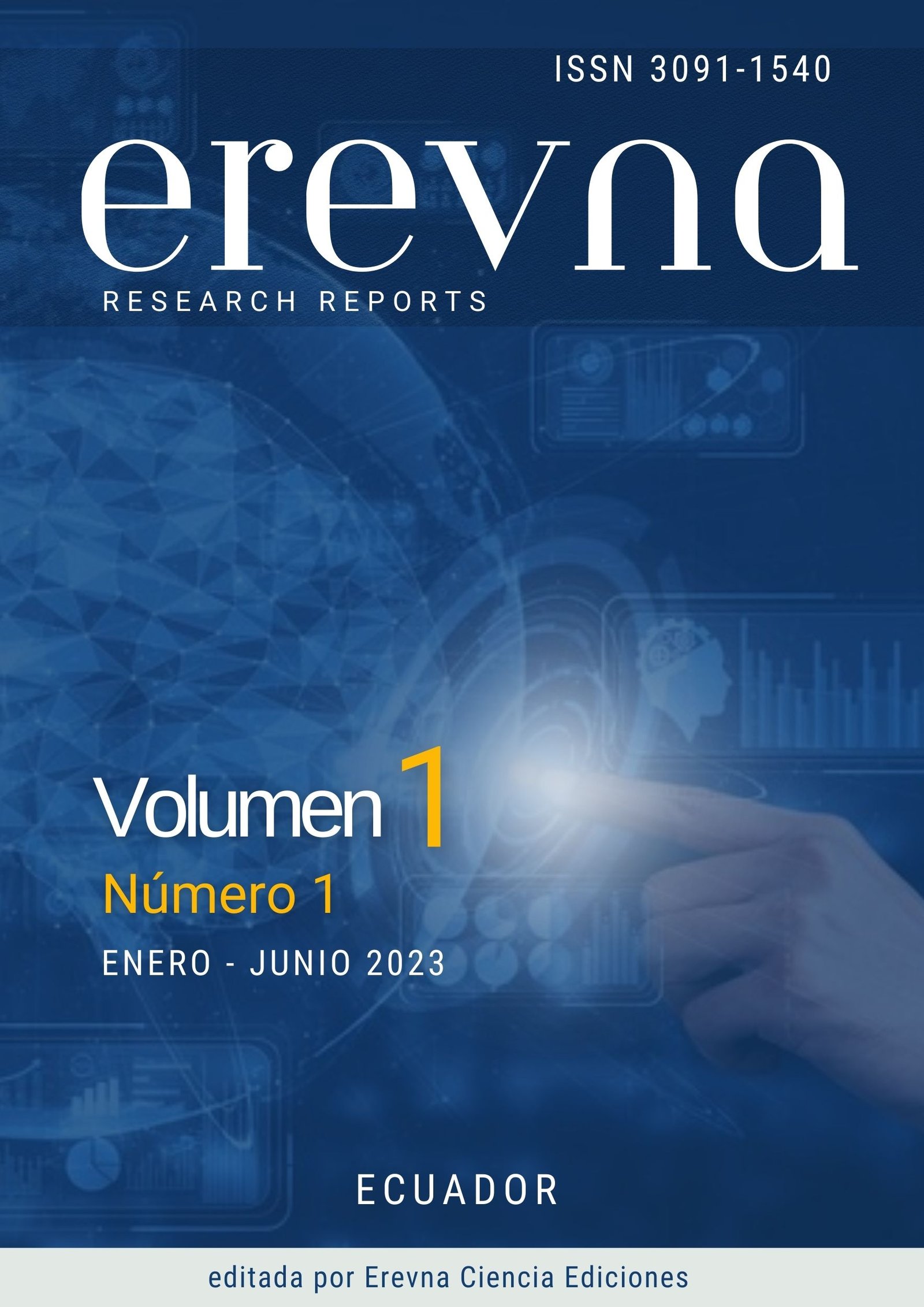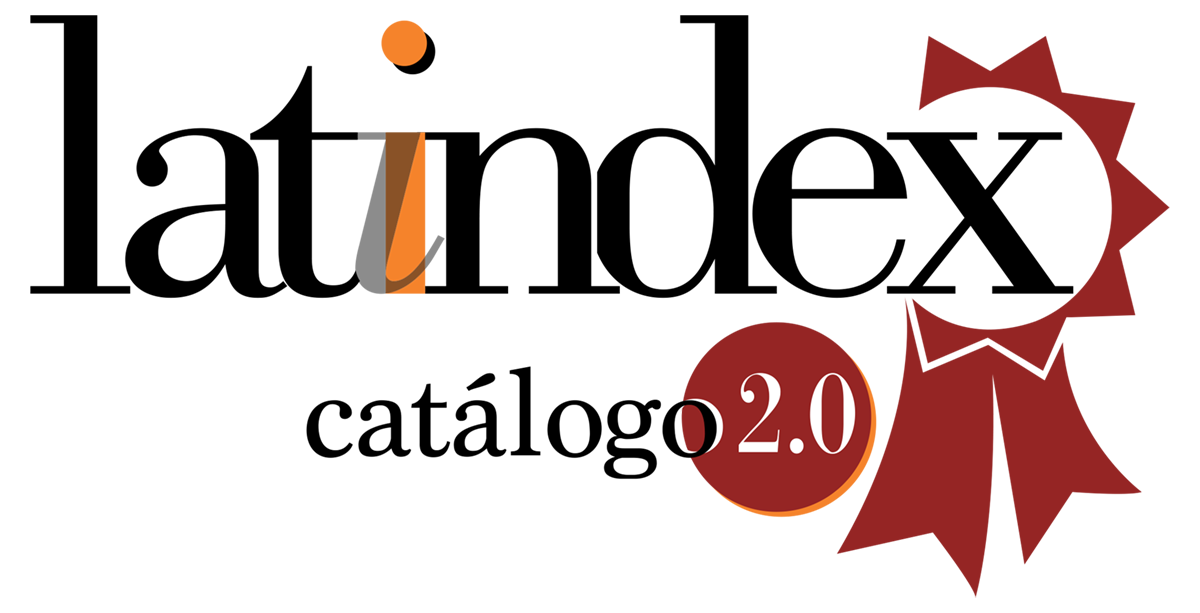Humus de Lombriz Roja Californiana (Eisenia fetida) a Partir de la Combinación de Residuos Orgánicos
DOI:
https://doi.org/10.70171/qe9dvn74Palabras clave:
estiércol vacuno, fertilización orgánica, lombricultura, manejo de residuos, vermicompostajeResumen
Justificación: la producción de humus de lombriz es una alternativa sostenible para el manejo de desechos y la mejora de suelos agrícolas. Sin embargo, la calidad y composición del humus varían según la naturaleza de los residuos utilizados. Objetivo: evaluar la combinación de diferentes residuos orgánicos con estiércol de ganado vacuno en la producción de humus utilizando Eisenia fetida. Metodología: se empleó un diseño experimental completamente al azar con cinco tratamientos y tres repeticiones. Los tratamientos consistieron en: T1, cáscara de cacao y estiércol (50% cada uno); T2, raquis de plátano y estiércol (50% cada uno); T3, pollinaza y estiércol (50% cada uno); T4, residuo de mercado y estiércol (50% cada uno); y T5, estiércol de ganado vacuno (100%). Se evaluaron los parámetros: peso y longitud de las lombrices, densidad poblacional, cantidad de humus producido y composición química. Resultados: el tipo de sustrato influye principalmente en el peso de Eisenia fetida. No se observaron diferencias significativas en la densidad de lombrices, ni en la cantidad y calidad del humus entre los tratamientos. El estiércol vacuno actuó como base nutritiva estable, proporcionando condiciones óptimas para la actividad de Eisenia fetida. Conclusión: la combinación de residuos orgánicos con estiércol de ganado vacuno permite obtener humus de calidad uniforme, lo que demuestra la flexibilidad de Eisenia fetida para adaptarse a distintos sustratos.
Descargas
Referencias
Amaya, N. L. R., Cobeña, L. S. A., Gualpa, T. L. A., Ochoa, A. D. F., & Suarez, C. B. F. (2022) Manufacture of Humus From Plant Residues. International Journal of Life Sciences, 6(1), 10-18. https://doi.org/10.53730/ijls.v6n1.4739 DOI: https://doi.org/10.53730/ijls.v6n1.4739
Arora, M., & Kaur, A. (2019). Azolla pinnata, Aspergillus terreus and Eisenia fetida for enhancing agronomic value of paddy straw. Scientific Reports, 9(1), 1341. https://doi.org/10.1038/s41598-018-37880-1 DOI: https://doi.org/10.1038/s41598-018-37880-1
Bellitürk, K., Aslam, Z., Ahmad, A., & Rehman, S. U. (2020). Alteration of physical and chemical properties of livestock manures by Eisenia fetida (Savigny, 1926) and developing valuable organic fertilizer. Journal of Innovative Sciences, 6(1), 47-53. http://dx.doi.org/10.17582/journal.jis/2020/6.1.47.53 DOI: https://doi.org/10.17582/journal.jis/2020/6.1.47.53
Bhatt, P., & Singh, V. K. (2022). Effect of humic acid on soil properties and crop production–A review. Indian Journal of Agricultural Sciences, 92(12), 1423-1430. https://doi.org/10.56093/ijas.v92i12.124948 DOI: https://doi.org/10.56093/ijas.v92i12.124948
Boruah, T., Morang, A., & Deka, H. (2020). Current understanding on industrial organic waste management by employing Eisenia fetida. International Journal of Environment and Pollution, 67(1), 48-61. https://doi.org/10.1504/IJEP.2020.108365 DOI: https://doi.org/10.1504/IJEP.2020.108365
Cao, Y., Tian, Y., Wu, Q., Li, J., & Zhu, H. (2021). Vermicomposting of livestock manure as affected by carbon-rich additives (straw, biochar and nanocarbon): a comprehensive evaluation of earthworm performance, microbial activities, metabolic functions and vermicompost quality. Bioresource Technology, 320, 124404. https://doi.org/10.1016/j.biortech.2020.124404 DOI: https://doi.org/10.1016/j.biortech.2020.124404
Das, D., Kalita, N., Langthasa, D., Faihriem, V., Borah, G., Chakravarty, P., & Deka, H. (2022). Eisenia fetida for vermiconversion of waste biomass of medicinal herbs: Status of nutrients and stability parameters. Bioresource Technology, 347, 126391. https://doi.org/10.1016/j.biortech.2021.126391 DOI: https://doi.org/10.1016/j.biortech.2021.126391
Degefe, G., & Tamire, G. (2017). Growth and reproductive performance of Eisenia fetida in three varieties of flower (rose, carnation and hypericum) leftovers. Journal of Entomology and Nematology, 9(4), 29-35. https://doi.org/10.5897/JEN2017.0181 DOI: https://doi.org/10.5897/JEN2017.0181
Edwards, C. A., & Arancon, N. Q. (2022). The role of earthworms in organic matter and nutrient cycles. In Biology and ecology of earthworms (pp. 233-274). New York, NY: Springer US. https://doi.org/10.1007/978-0-387-74943-3_8 DOI: https://doi.org/10.1007/978-0-387-74943-3_8
Ejack, L., Kernecker, M. L., Prieto, R., Chen, C., Gul, S., Bradley, R. L., & Whalen, J. K. (2021). Earthworms did not increase long-term nitrous oxide fluxes in perennial forage and riparian buffer ecosystems. Pedobiologia, 85, 150727. https://doi.org/10.1016/j.pedobi.2021.150727 DOI: https://doi.org/10.1016/j.pedobi.2021.150727
Guo, Y., Liu, H., Gong, P., Li, P., Tian, R., Zhang, Y., ... & Xue, B. (2022). Preliminary studies on how to reduce the effects of salinity. Agronomy, 12(12), 3006. https://doi.org/10.3390/agronomy12123006 DOI: https://doi.org/10.3390/agronomy12123006
Hajam, Y. A., Kumar, R., & Kumar, A. (2023). Environmental waste management strategies and vermi transformation for sustainable development. Environmental Challenges, 100747. https://doi.org/10.1016/j.envc.2023.100747 DOI: https://doi.org/10.1016/j.envc.2023.100747
Kanivets, O. V., Kanivets, I. M., Gorda, T. M., & Burlaka, O. A. (2021). Development of a machine vision program to determine the completeness of wrapping plants in the soil. In CS&SE@ SW (pp. 27-43). http://dx.doi.org/10.5958/2249-7137.2021.01331.8 DOI: https://doi.org/10.5958/2249-7137.2021.01331.8
Kiyasudeen S, K., Ibrahim, M. H., Quaik, S., Ahmed Ismail, S., Ibrahim, M. H., Quaik, S., & Ismail, S. A. (2016). Vermicomposting: an earthworm mediated waste treatment technique. Prospects of Organic Waste Management and the Significance of Earthworms, 167-199. https://doi.org/10.1007/978-3-319-24708-3_8 DOI: https://doi.org/10.1007/978-3-319-24708-3_8
Lanno, M., Klavins, M., Purmalis, O., Shanskiy, M., Kisand, A., & Kriipsalu, M. (2022). Properties of humic substances in composts comprised of different organic source material. Agriculture, 12(11), 1797. https://doi.org/10.3390/agriculture12111797 DOI: https://doi.org/10.3390/agriculture12111797
Mishra, C. S. K., & Samal, S. (2021). Rediscovering earthworms. Cambridge Scholars Publishing.
Muhamediyeva, D. K., & Nurumova, A. Y. (2023). Enhancing soil fertility through the application of biohumus. In E3S Web of Conferences (Vol. 411, p. 02044). EDP Sciences. https://doi.org/10.1051/e3sconf/202341102044 DOI: https://doi.org/10.1051/e3sconf/202341102044
Musyoka, S. N., Liti, D. M., Ogello, E. O., Meulenbroek, P., & Waidbacher, H. (2020). Using Earthworm, Eisenia fetida, to Bio-convert Agro-industrial Wastes for Aquaculture Nutrition. BioResources, 15(1). https://repository.maseno.ac.ke/handle/123456789/1386 DOI: https://doi.org/10.15376/biores.15.1.574-587
Rayne, N., & Aula, L. (2020). Livestock manure and the impacts on soil health: A review. Soil Systems, 4(4), 64. https://doi.org/10.3390/soilsystems4040064 DOI: https://doi.org/10.3390/soilsystems4040064
Raza, S. T., Wu, J., Rene, E. R., Ali, Z., & Chen, Z. (2022). Reuse of agricultural wastes, manure, and biochar as an organic amendment: A review on its implications for vermicomposting technology. Journal of Cleaner Production, 360, 132200. https://doi.org/10.1016/j.jclepro.2022.132200 DOI: https://doi.org/10.1016/j.jclepro.2022.132200
Rorat, A., & Vandenbulcke, F. (2019). Earthworms converting domestic and food industry wastes into biofertilizer. In Industrial and municipal sludge (pp. 83-106). Butterworth-Heinemann. https://doi.org/10.1016/B978-0-12-815907-1.00005-2 DOI: https://doi.org/10.1016/B978-0-12-815907-1.00005-2
Samal, K., & Mohanty, M. (2024). Earthworm-associated bacterial community and its role in organic waste decomposition. In Earthworm Technology in Organic Waste Management (pp. 1-14). Elsevier. https://doi.org/10.1016/B978-0-443-16050-9.00015-3 DOI: https://doi.org/10.1016/B978-0-443-16050-9.00015-3
Sharma, N., Singh, J., Singh, B., & Malik, V. (2023). Improving the Agronomic Value of Paddy Straw Using Trichoderma harzianum, Eisenia fetida and Cow Dung. Fermentation, 9(7), 671. https://doi.org/10.3390/fermentation9070671 DOI: https://doi.org/10.3390/fermentation9070671
Singh, J. (2018). Role of earthworm in sustainable agriculture. In Sustainable food systems from agriculture to industry (pp. 83-122). Academic Press. https://doi.org/10.1016/B978-0-12-811935-8.00003-2 DOI: https://doi.org/10.1016/B978-0-12-811935-8.00003-2
Swati, A., & Hait, S. (2018). A comprehensive review of the fate of pathogens during vermicomposting of organic wastes. Journal of environmental quality, 47(1), 16-29. https://doi.org/10.2134/jeq2017.07.0265 DOI: https://doi.org/10.2134/jeq2017.07.0265
Villarreal, A. P. B., Tumipamba, D. E. G., & Sarzosa, F. V. C. (2021). Vermicomposting: Production of Humus and Biol. In Communication, Smart Technologies and Innovation for Society: Proceedings of CITIS 2021 (pp. 591-600). Singapore: Springer Singapore. https://doi.org/10.1007/978-981-16-4126-8_53 DOI: https://doi.org/10.1007/978-981-16-4126-8_53
Vodounnou, D. S. J. V., Kpogue, D. N. S., Tossavi, C. E., Mennsah, G. A., & Fiogbe, E. D. (2016). Effect of animal waste and vegetable compost on production and growth of earthworm (Eisenia fetida) during vermiculture. International Journal of Recycling of Organic Waste in Agriculture, 5, 87-92. https://doi.org/10.1007/s40093-016-0119-5 DOI: https://doi.org/10.1007/s40093-016-0119-5
Wong, W. S., Zhong, H. T., Cross, A. T., & Yong, J. W. H. (2020). Plant biostimulants in vermicomposts: Characteristics and plausible mechanisms. The chemical biology of plant biostimulants, 155-180. https://doi.org/10.1002/9781119357254.ch6 DOI: https://doi.org/10.1002/9781119357254.ch6
Yang, H., Ma, L., Fu, M., Li, K., Li, Y., & Li, Q. (2023). Mechanism analysis of humification coupling metabolic pathways based on cow dung composting with ionic liquids. Journal of Environmental Management, 325, 116426. https://doi.org/10.1016/j.jenvman.2022.116426 DOI: https://doi.org/10.1016/j.jenvman.2022.116426
Zhou, Y., Zhang, D., Zhang, Y., Ke, J., Chen, D., & Cai, M. (2021). Evaluation of temperature on the biological activities and fertility potential during vermicomposting of pig manure employing Eisenia fetida. Journal of Cleaner Production, 302, 126804. https://doi.org/10.1016/j.jclepro.2021.126804 DOI: https://doi.org/10.1016/j.jclepro.2021.126804
Publicado
Número
Sección
Categorías
Licencia
Derechos de autor 2023 Marco Vinicio De-la-Cruz Chicaiza

Esta obra está bajo una licencia internacional Creative Commons Atribución-NoComercial-CompartirIgual 4.0.





















